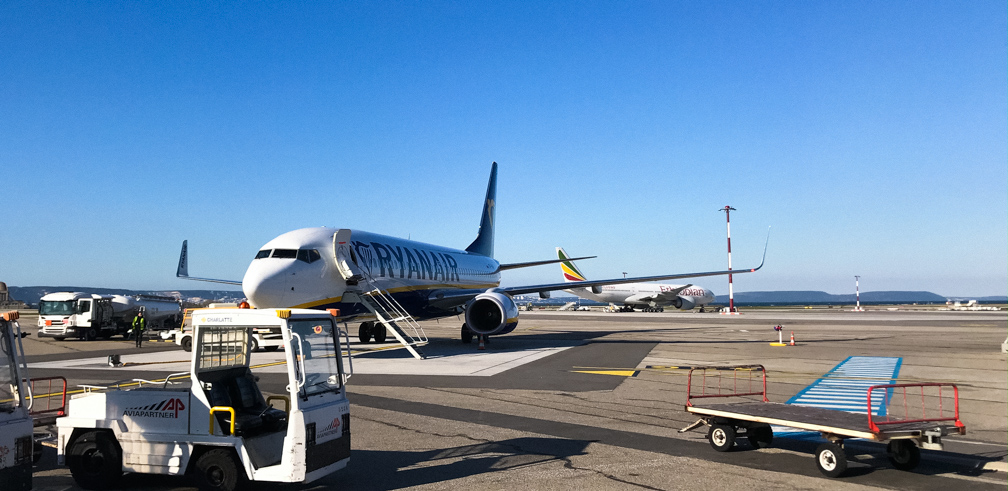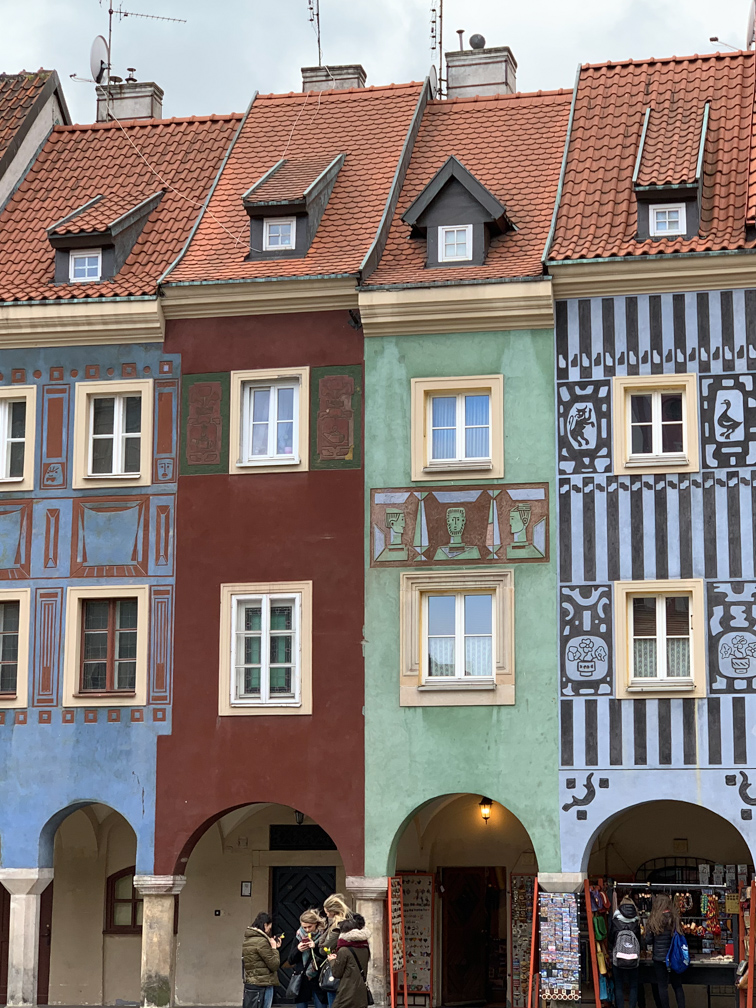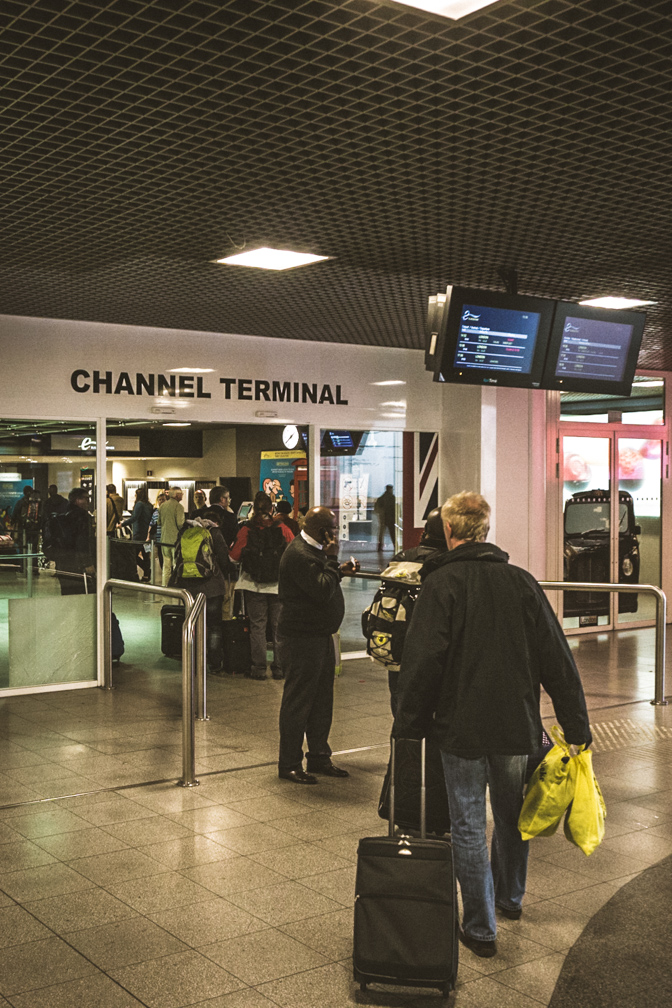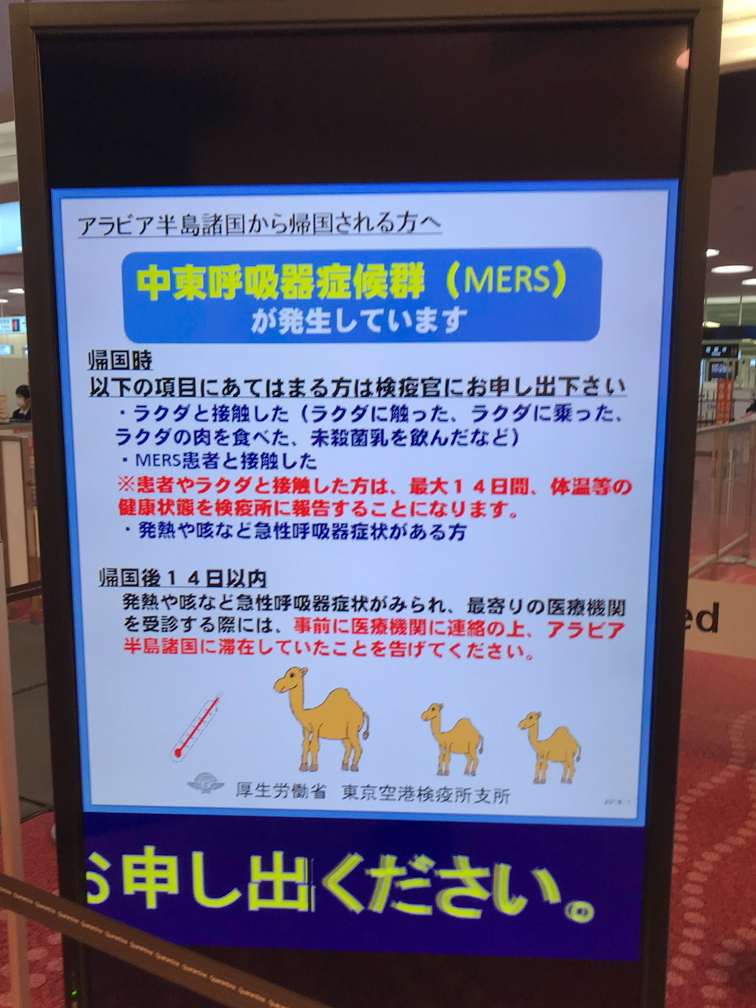7 misconceptions about travel and COVID-19
While we are curled up in lockdown, we’re already planning the next travel. Time to address some misconceptions.

While we are curled up in lockdown, we’re already planning the next travel. Time to address some misconceptions.
1: Going outside is unsafe
 Photo: Daniel
Photo: Daniel
Not really. You just have to stay away from people. Simply said, the virus transmits mostly through close contact between people.
It doesn’t travel very far in the air (thus the 1-2m minimum distance). Transmission actually works best in closed rooms – outside the particles are quickly carried away by the wind.
If you can go places without getting close to others, that is fine. While most people don’t have the possibility to go for a hike in the wilderness; taking a walk, jog or bike is actually good for you as long everyone keeps their distance and it there’s no crowding.
2: This will “peak” soon, and we can get back to normal (travel included)
 Photo: Daniel
Photo: Daniel
Unfortunately, no. The “peak” is just the lockdown working, not the pandemic coming to an end. When the number of sick people goes down, it doesn’t mean the virus has gone away. We just stopped it temporarily – if we just go back to normal, it’d come back as a higher peak.
Restrictions will remain for months to come.
We need smart solutions to get as much of our normal life back as possible; but international travel is probably very low on the list of things to be re-started. Plus it’s safe to say that many sights won’t re-open this year; crowded places are exactly the thing we need to avoid.
Our guess is that limited travel – like going to the sea, with your own car, in your own country – will be possible at some point later this year.
Don’t hold your breath for international air travel, though: As countries battle the crisis in different ways, many will leave travel restrictions in place. Even those that re-open the borders will likely continue to screen new arrivals or even require a quarantine.
3: Restrictions will stay forever
 Photo: Daniel
Photo: Daniel
Very unlikely. When a vaccination becomes available, the pandemic is over. The disease itself isn’t acutally that dangerous if it doesn’t overwhelm the public health system.
Virologists estimate that we may have working and approved vaccine, ready for production, in about a year. This assumes that researchers take a few shortcuts and everything goes well. With currently around 60 vaccine projects, chances are that at least one of them will be a success.
Once a vaccine is available, borders can be re-opened. There won’t be any reason to impede the flow of people.
The only thing that could remain is a sense of xenophobia and nationalism that causes countries to lock themselves in for “protection” against percieved external threats.
4: Tourism is too important to close
Tourism is a major economic factor in many regions of the world. Many of the countries will be hard-pressed to re-open their borders as soon as possible.
But even those are caught between a brick and a hard place: If they don’t open their borders, the economy collapses. If the relax restrictions too much, case numbers increase – and tourism will collapse as well.
They will need to strike a balance between allowing travel and containing any outbreaks, and nobody can say if they will be successful.
5: Closed borders keep us safe
Most current border closures are politically motivated, and will do little good in protecting people.
Travel restrictions can help in the early stages of a pandemic, when it makes sense to screen people arriving from affected areas (not only at national borders).
Once you have half a million cases locally, like the US, arrivals from overseas are no longer your main problem. Those bans serve no practical purpose, even though the apeal to a certain demographic.
Except in New Zealand?
New Zealand: They shut down all borders in an attempt to eradicate the virus.
Due to the country’s relatively small size and geographic location they might actually pull that off.
If it works they could lift all restrictions onf everyday life, but would have to “seal off” the country until a vaccine is avaiable.
6: We’ll need vaccination cards and IDs
There are some travel controls that will continue for a while. These include:
- Mandatory quarantines
- Testing of new arrivals
- Temperature checks
- Registration of travelers
It is also possible that some places could lift restrictions for people who are already immune, and request some form of certification for that.
But there will not be a need for additional controls in the long run: Once the majority of the population is immune, COVID-19 ceases to be a public health concern.
7: Airplanes are really dangerous
 Modern Trains aren't much different (Photo: Daniel)
Modern Trains aren't much different (Photo: Daniel)
Many people seem to assume that airplanes, tains or air-conditioned places in general are really dangerous. Most will add somehting like “I always catch a cold there”.
Fact is, the virus will have a hard time spreading far in an airplane. It can still go to the person(s) next to you and maybe in the next row(s).
But the air conditioning system will quickly suck it downward and the airplane’s HEPA filters will remove the virus. The air in a plane is exchanged every 2 minutes or so, leaving little time for any particles to move around.
Even in places where filters aren’t as advanced, air condioning and ventilation systems will rather prevent transmission than cause it. A ventilation system will provide fresh air and dilute any virus particles.
Get the newsletter
When you subscribe to the newsletter, we'll keep you up to date on what's new. You can unsubscribe at any time.
Share this page
What do you think?
Let us know what you think - privately or here for all to see. Simply email us or check our imprint and privacy policy for more info and possibilities to get in touch